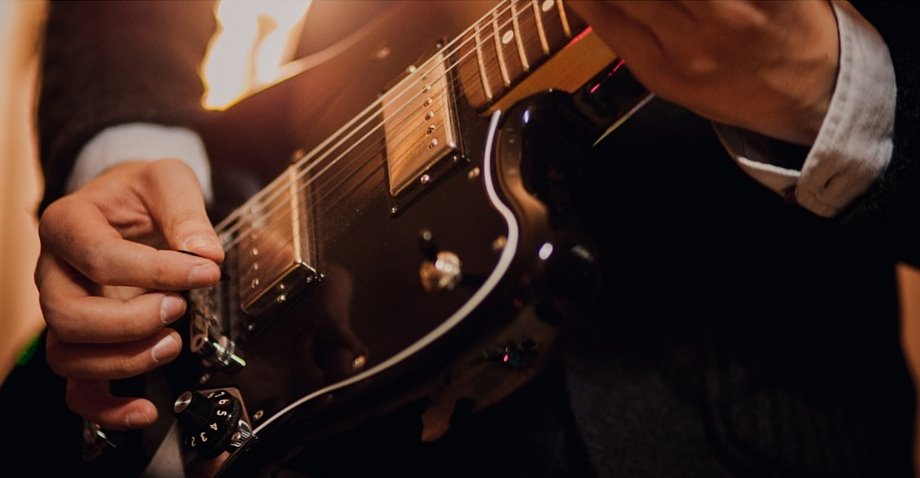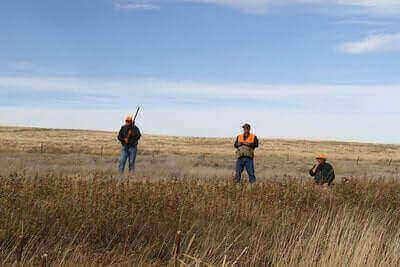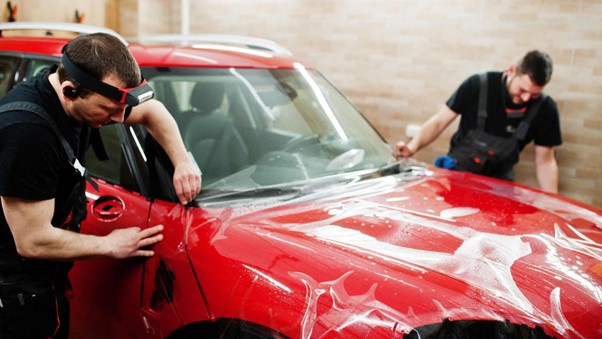
For amateur guitar players, one of the most disappointing parts of numerous melodies are the huge stretches they require.
Regardless of whether you have to figure out how to stretch out your fingers vertically to nail solo notes or need to expand your scope evenly to smooth out precarious barre harmonies, figuring out how to stretch your fingers out properly for guitar is totally fundamental expertise.
Indeed, even a speedy warmup routine can improve your playing and forestall long haul dull use wounds before they get the opportunity to create. Look at the procedures right now stretch out your fingers and lift your general strategy.
Table of Contents
Scales and Arpeggios
Basically, scales and arpeggios are the establishments of any legitimate warmup to stretch your fingers. The unmistakable idea of individual scales will give you experience stretching between two, three, and even four worries one after another.
This warmup additionally modifies consummately to your playing level; essentially change the rhythm to increment or diminishing the trouble contingent upon your aptitudes.
On the off chance that you don’t as of now practice it in your every day schedule, you should begin going through the significant scale as a component of your warmup. Accept it as moderate or as quick as you have to, simply organize hitting the notes precisely over blasting here and there the scale.
It’s alright in the event that you have to take each note each in turn; as you practice reliably, you’ll have the option to accelerate a piece and play all the more legato notes. Regardless of what speed you play at, make sure to keep your fingers in the best possible position — oppose the impulse to slide into various notes directly alongside one another, as this will keep you from getting your fingers properly stretched out!
At the point when done properly more than two octaves and through the hover of fifths, the significant scale will stretch your fingers out with less difficult, essential reaches and get you progressively comfortable sliding into and out of various notes. That causes an incredible first groundwork before you to investigate progressively complex scale examples and work on certain arpeggios. Don’t forget to check out the Best Electric Guitars For Beginners.
Alongside the significant scale, the regular minor scope is another extraordinary example to stretch out your fingers with. The characteristic minor scope fuses a similar dispersing however in an unexpected request in comparison to the significant scale to assist you with relaxing up your fingers much more.
On the off chance that you need to work out a progressively mind-boggling stretching schedule, you can likewise play the distinctive modular scales (for instance Dorian, Phrygian, Lydian, Mixolydian, and Locrian).
Scales are an extraordinary initial step to get your fingers flexible for your standard practice schedule. Where scales consolidate progressively chromatic notes, however, arpeggios accentuate more noteworthy jumps and force you to stretch out your hands a smidgen more.
Standard arpeggios incorporate the main, third, and fifth notes of every octave of the scale. Have a go at playing the major and minor arpeggios, alongside some seventh arpeggios (prevailing seventh, significant seventh, and minor seventh) in the event that you feel like it.
These somewhat increasingly complex arpeggios additionally incorporate the seventh note of each scale, which forces you to move from enormous hops to short chromatic jumps all through the arpeggio.
Single-Note Exercises
In the event that you don’t feel like your fingers are adequately liquid in the wake of playing through your scales and arpeggios, you can attempt a couple of additional stretching activities to get additional blood streaming to your hands and prep you to begin playing decisively.
Playing four chromatic notes with hardly a pause in between can be an extraordinary warmup tool. Simply pick a note to begin on — it tends to be anyplace on the fretboard, however lower notes will force you to stretch marginally more remote — and play four total notes, rising one fuss from the last each time.
Utilize every one of the four of the fingers on your hand; don’t simply slide your pointer up each opportunity to make it simpler.
As you develop progressively comfortable, accelerate your playing, and work on hitting each note with the best possible planning and highlight. This tool will stretch your fingers to play short, quick bounces between notes without issues.
On the off chance that you need to chip away at bigger jumps, the pentatonic scale is a simple decision that will likewise deliver profits for your improvisational abilities. Play the scale here and there the neck and speed up as you go; make sure to utilize the best possible fingering for each string.
Since the pentatonic scale consolidates a bigger number of hops of different worries than different scales, it’s probably the most ideal approach to get increasingly comfortable with greater holes and longer stretches.
Harmony Stretches
In the event that your fingers feel incredible when you play single notes, yet you battle to nail trickier harmonies, a couple of basic warmup activities can assist you with night out the two aptitudes.
Rehearsing your barre harmonies with a technique like the CAGED framework will assist you with gaining reliable ground in both your insight into various harmony structures and the capacity to play them.
Work first on the exemplary “E” and “A” shape barre harmonies, which are the most well-known harmonies in rock and blues styles, at that point move to the more mind-boggling “C,” “G,” and “D” shapes. These auxiliary shapes additionally require more prominent stretches, which improves them appropriate for increasingly experienced players with bigger hands.
Regardless of whether you can’t play barre harmonies reliably, you can even now stretch your fingers on a level plane by laying them in an essential barre over the strings. Work on picking each note independently and press your finger down into the fretboard to abstain from quieting any strings coincidentally.
Chipping away at your barre harmonies in a vacuum will unquestionably help stretch your fingers. Changing between various barre harmonies and playing some fundamental rhythms will stretch them out considerably more. For a further developed daily practice, work on exchanging between various barre harmony shapes as you strum and keep up a section as you warm up.
Discover a few rhythms regular to your kind, and go through them to warm. Awesome guitar players, for instance, can rehearse the exemplary mood shifting back and forth between a standard E7 barre harmony and stretching to fret the 6th note of the harmony (two frets up from the fifth) with their pinky.
Synopsis
Stretching your fingers out before you bounce into your training routine is essential for security reasons just as down to earth ones. Not exclusively will setting aside the effort to heat up properly improve your playing when you plunk down to learn new tunes, yet it will likewise guard you from stress wounds brought about by poor form after some time.
Cut out a couple of moments toward the beginning of each training meeting to stretch out your fingers with both single notes and harmonies. At the point when done properly, it shouldn’t hurt your hands and will assist you with building up your playing aptitudes quicker than you would something else.







